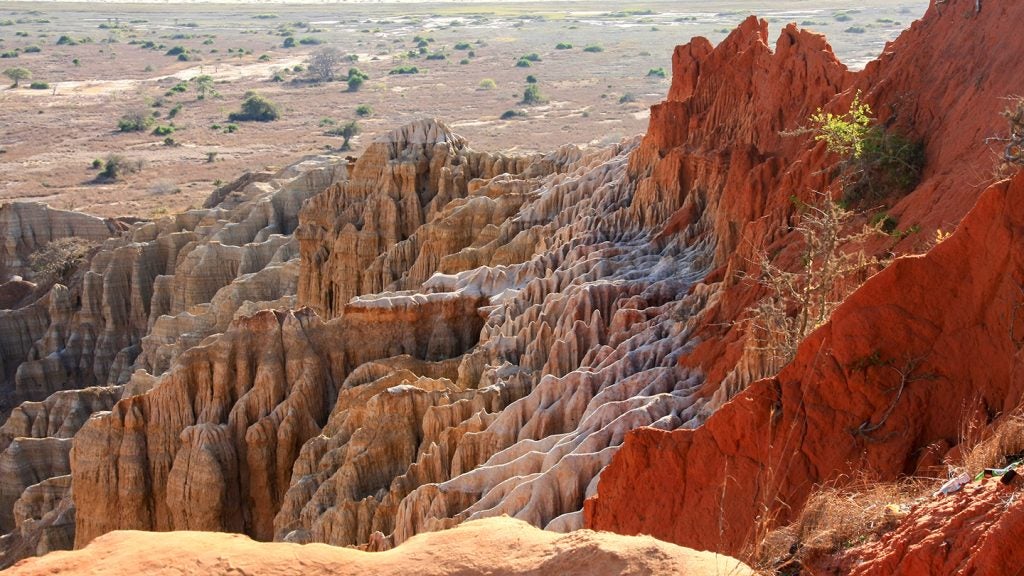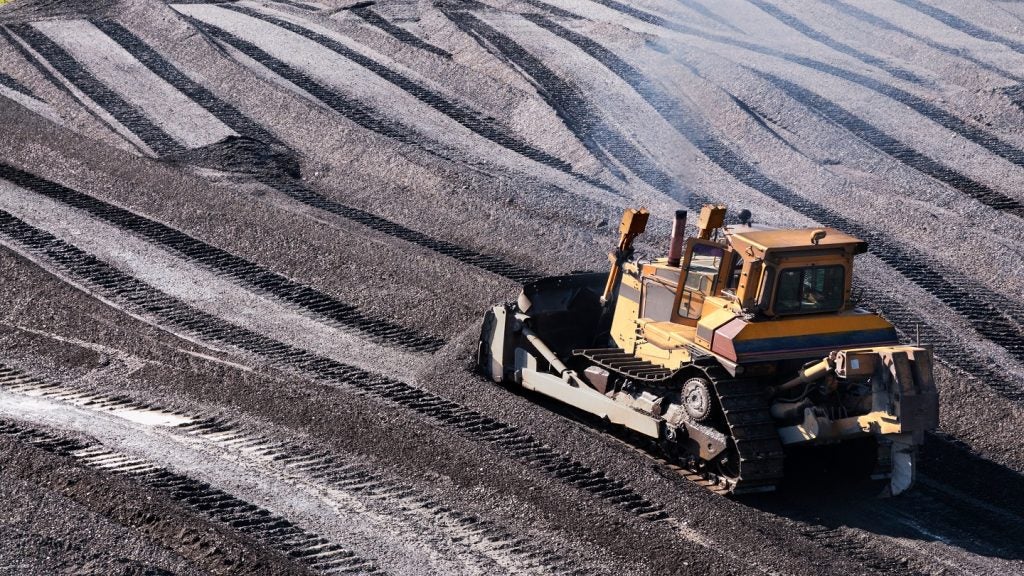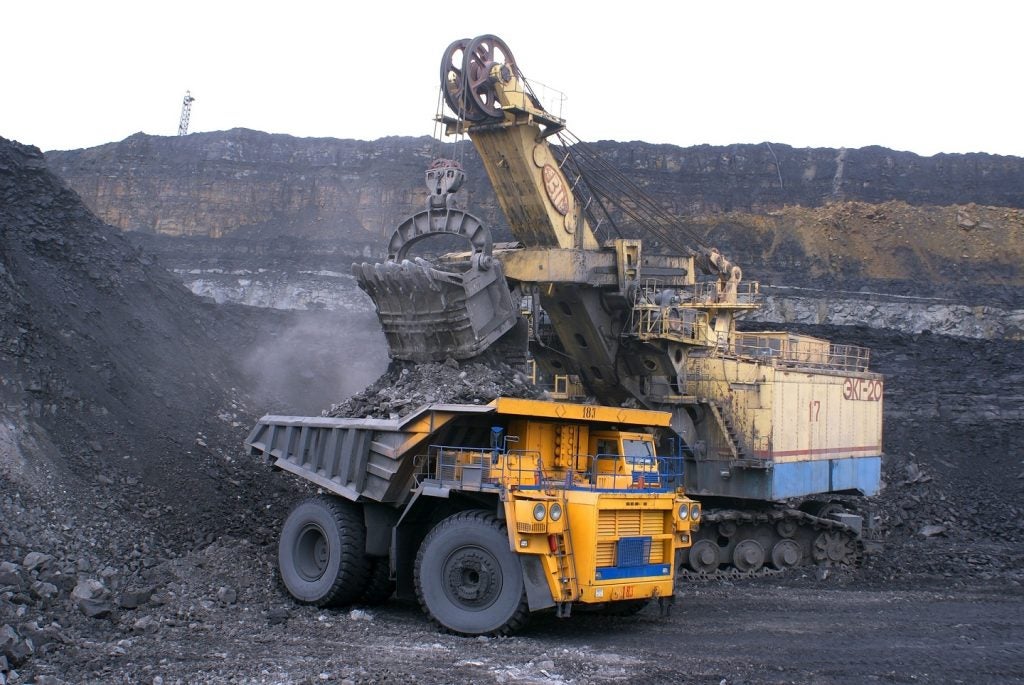
Crandall Canyon, of Emery County, Utah, will long be remembered as the site of one of the worst mining disasters of recent years to take place in the US.
The collapse of the mine back in August 2007 sent shockwaves through the mining community. The events that unfolded over the following days – including the death of the six miners trapped underground and three rescue workers tasked with saving them – dominated US headlines for months.
More pertinent to the mining industry, Crandall Canyon raised serious questions about the safety of coal mining operations in the US and the rigour of its regulatory bodies.
What happened at Crandall Canyon?
On 6 August 2007, a ‘mine bump’ took place that registered 3.9 on the Richter scale. This bump – more accurately described as a catastrophic structural failure – collapsed the mine’s Main West chamber, trapping six miners more than 1,500ft underground. So intense was the bump that it knocked out ventilation stoppers over a mile away from the accident site.
Disaster response teams were dispatched to Crandall Canyon mine immediately, but initial attempts to rescue the trapped miners were slow as rescue teams set about clearing a pathway. Having breached the Number 1 seal in Main West, they came up against a massive coal blockage, which estimates put at taking between two and six weeks to clear.
On 9 August, it was decided to sink a number of boreholes, in order to more accurately establish the position of the men by analysing air samples and sending down microphones. Over the next few days, further boreholes were drilled, as underground rescue teams continued to make their way through the rubble. Tragically, on 16 August, the mine collapsed again, this time killing three rescue workers and injuring six others. All further attempts at rescue were abandoned.
How well do you really know your competitors?
Access the most comprehensive Company Profiles on the market, powered by GlobalData. Save hours of research. Gain competitive edge.

Thank you!
Your download email will arrive shortly
Not ready to buy yet? Download a free sample
We are confident about the unique quality of our Company Profiles. However, we want you to make the most beneficial decision for your business, so we offer a free sample that you can download by submitting the below form
By GlobalDataMine safety and emergency response
In the aftermath of the collapse, a number of reviews were implemented to get to the bottom of what actually happened.
The Mine Safety and Health Administration – MSHA, the state body that regulates the mining industry in the US – initiated its own investigation and committees in both houses of Congress continue to review events.
Additionally, the Utah Mine Safety Commission was set up with the remit to examine the role of the state in coal mine safety. Reporting in January 2008, it overwhelmingly concluded that there was much more that could be done. Increased state safety oversight, more effective use of technology and clear lines of command when it came to emergency response were just some of the bases touched by the report.
Commission Chairman Scott Matheson said: “We have learned in this process that the state of Utah does about as little as any other state to promote mine safety.” Damning, yes, but not entirely surprising.
In 2006, US mine safety regulators failed to conduct inspections required by federal law at more than one in seven of the country’s 731 underground coal mines.
That same year the number of deaths in US coal mines was 47, double the number in 2005. Before Crandall, there were the Sago, Aracoma and Darby disasters. With each case, the considerable media fallout pointed the finger at the HMSA. Accusations of mismanagement and lack of funding have been laid squarely at the feet of the HMSA and national government.
Wireless and electronic tracking safety systems
More recently, steps have been taken to increase mine safety. The MINER Act, introduced following the Sago disaster in 2006, largely focused on the development of enhanced communication technologies to improve post-accident communications. These included the use of wireless systems and electronic tracking.
It also focused on the modernisation of emergency response plans, requiring every mine to continuously develop their written contingency plans.
A principle worry remains for some that as the demand for coal rises, infrastructure and maintenance is being left behind. The events of Crandall Canyon brought into sharp relief once again the need for rigorous regulation and management to ensure that safety legislation is adhered to.
According to some commentators, the necessary rules and regulations – such as the MINER Act and recent amendments made to it – are in place, but the political will is still playing catch up. Unfortunately for the nine people that died, Crandall Canyon got caught in that crossfire.
Chinese mine safety – a contradiction in terms?
How does the Chinese mining industry compare? As a starting point, it is renowned for being the most dangerous in the world. Accidents on the level of Crandall Canyon occur on an almost daily basis. For 2005, official government figures put the number of mining-related deaths at around 6,000.
After a decade of rapid economic growth, China has more than doubled its coal production, with 2.53 billion tonnes produced in 2006. This high energy demand coupled with high prices has, in terms of mine safety, left the industry on its knees.
However, there are emerging signs that the Chinese mining industry is turning the corner. In January 2008, figures reported by the Chinese government showed a 20% reduction in deaths on the previous year; although still the highest in the world, this signifies a substantial reduction.
Additionally, it was reported that over 11,000 small mines have been shut down over the last three years as part of a crackdown on poor safety conditions – these small mines being responsible for a vastly disproportionate amount of deaths.
As a short-term strategy for improving mine safety, this appears to be working.
One of the major problems with the Chinese mining industry has long been the small, barely regulated, village and township mines. Shut these down and half the problem is solved almost immediately. But the Chinese government is also looking at longer-term solutions to improve mine safety.
Many of the problems that are currently being experienced in China have already been faced, and solved, by the more experienced mining countries.
There is growing willingness on the part of international organisations to support initiatives to improve health and safety. It could just be as simple as exporting the knowledge.
Technology boost to mine safety
Already, China’s coal consumption sector is utilising some of the cleanest coal technologies available. The EU and the US have invested in major technology transfer projects to work towards cleaner plants, including carbon sequestration.
The coal production sector is starting to follow suit, using improved technology to boost safety. The State Administration of Work Safety (SAWS) recently announced that it would be promoting the use of tracking and locating systems for use underground.
The introduction of real-time supervision systems is in line with government objectives and should be able to identify the exact location of trapped miners and assist rescue teams in analysing the underground environment. Honeywell’s ‘Miner Management and Locating System’ was unveiled in China recently, designed to meet this exact need.
This collaboration between international big business and the Chinese authorities is a good indication that the safety issue is being taken seriously. But it is not the be all and end all – technical improvements can help but without proper training and usage, they could be rendered ineffective. Another aspect to solving the mine safety issue is the sharing of expertise as well as technology.
Over recent years, the Chinese authorities have enlisted international help in training for mine managers, foremen, rescue workers and government regulators.
The International Labour Organization (ILO) has become involved, brokering talks between mining companies, government and trade unions. Miners’ safety groups are being developed and 100,000 mine safety representatives were recently appointed.
The future would appear to be bright, but there are many obstacles still in the way. The problems of deregulation largely remain, and illegal mining – especially in these times of high demand – remains a major problem.
The drip feed of 24-hour news coverage around the world has added further incentive for the government to sort things out. But with continued action towards improving mine safety, headlines heralding coal mining as ‘the most deadly job in China’ may start to become a thing of the past.







